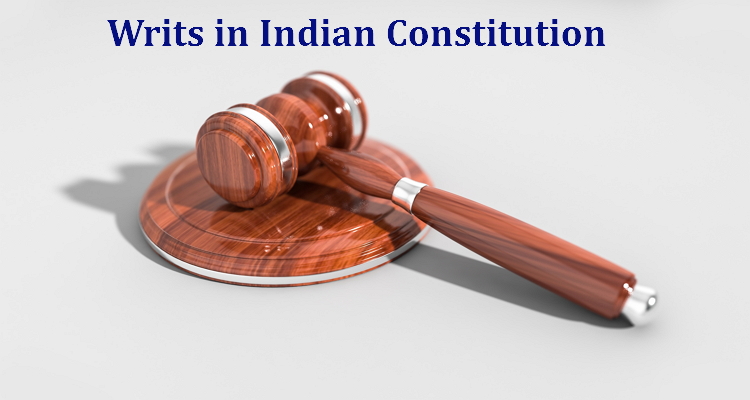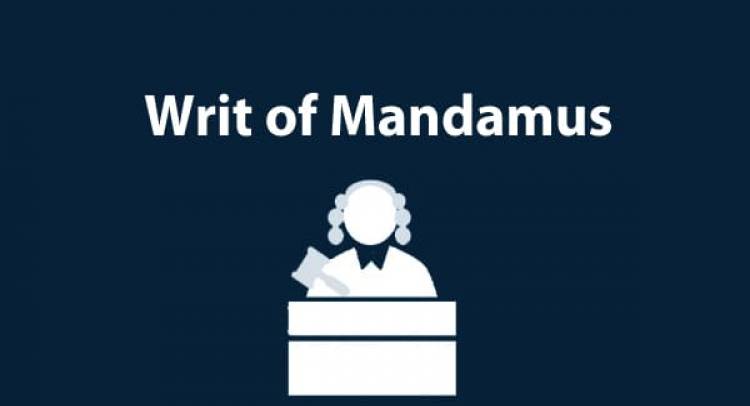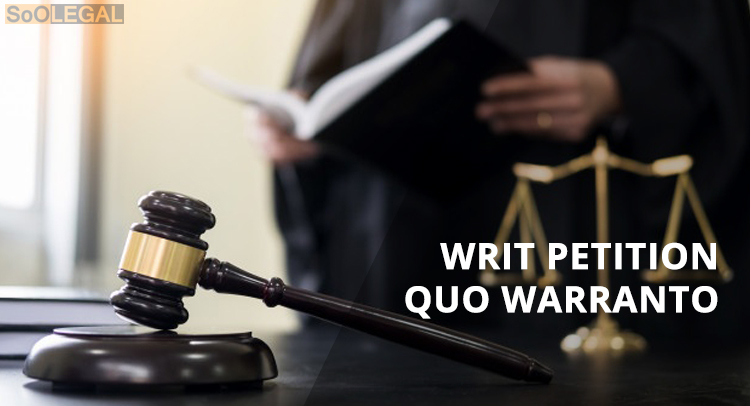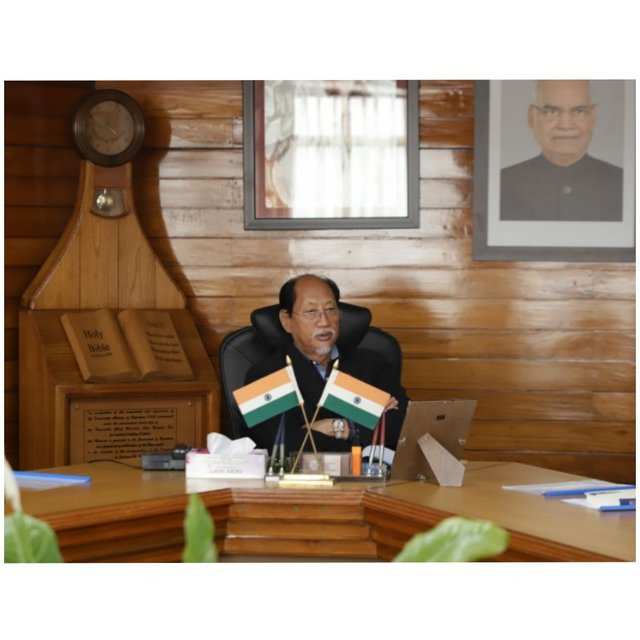Types of Writs and Article 32 of the Constitution

What Is A Writ?
A writ can be compared to a written order issued by a court with more power. It is given to a court with a lower jurisdiction or to an individual if any citizen’s fundamental rights are violated. A writ may be issued by the Indian Supreme Court in accordance with Article 32 of the Indian Constitution. The High Court also has this authority under Article 226. These writs are issued in opposition to any lower court or individual’s judgment in accordance with their jurisdiction. Both articles outline the type of Writ, the steps to be taken, and the requirements that the petitioner must meet in the event that any fundamental rights have been violated.
NOTE-Dr.BR Ambedkar, stated that the Right To Constitutional Remedies,(Article 32) is known as the heart and soul of the Constitution.
In Indian Constitution there are five Writs....
Habeas Corpus
Mandamus
Prohibition
Certiorari
Quo Warranto
Habeas Corpus
Habeas Corpus in a literal sense means “You shall have the body”. When an individual is arrested, he is supposed to be presented before the court in 24 hours. In the case of the contrary, habeas corpus is applied. This writ can be claimed by the arrested person itself or someone else on their behalf to check the lawfulness of the arrest.
ADM Jabalpur v. Shiv kant shukla also known as the Habeas corpus case, was filed in the Supreme Court of India. The court held that the writ of Habeas corpus cannot be claimed in case of emergency under Article 359. However, this was overruled in the case of K.S. Puttaswamy v. Union of India.
Mandamus
The meaning of “Mandamus” is “we command”. This writ is issued by a court to an inferior court or government official to perform their official duties properly. According to the Black’s Law Dictionary, 9th edition, mandamus is defined as “A writ issued by a court to compel performance of a particular act by a lower court or a governmental officer or body, to correct a prior action or failure to act.” For example, even though a police officer has the right to investigate all the cases under his jurisdiction when it comes to the notice of the court that it has been done in a mala fide manner, then the court can issue a writ of mandamus. However, this cannot be issued against President and Governors.
In Raman & Raman v. State of Madras, the Supreme Court held that mandamus can be issued only when the petitioner has a legal right that gives rise to the performance of a legal duty.
Further, in S.P. Gupta v. Union of India and C.G. Govindan v. State of Gujarat, the court that writ of mandamus cannot be issued against the President and the Governor, respectively.
Prohibition
Prohibition is a writ issued by the superior court to the inferior courts or quasi-judicial body when they exceed the power vested in them or exceed their jurisdiction. This can simply be called a ‘Stay Order’. This writ prohibits the inferior court from continuing the judicial proceedings. The reason for the existence of this writ is to make sure that the inferior courts exercise their jurisdiction properly. This can be issued in case of violation of principles of natural justice or fundamental rights as well.
In the case of East India Commercial Co. Ltd v. Collector of Customs, the Supreme Court issued an order of prohibition to restrain the Customs Authority from continuing the investigation as they had no jurisdiction.
In S. Govinda Menon v. Union of India, the court held that the issuance of the writ of prohibition is not only limited to the excess of jurisdiction or absence of jurisdiction but also in case of departure from the rules of natural justice.
Certiorari
Certiorari means “to certify or to be made certain”. This writ is issued by the superior court to the inferior court or public authorities after checking the legality of the proceedings. If the proceedings are found to be bad in law, then the order passed by the courts or the quasi-judicial body or public authorities shall be quashed.
In the case of Nagendra Nath Bora v. Commissioner of Hills (1958), the court held that “mere formal or technical errors” cannot be an adequate ground to issue the writ of certiorari.
Quo Warranto
photo source-SoOLEGALQuo Warranto means “by what warrant or authority”. When a person holds a public office and if it is found that he is not entitled to hold the same, then the writ of quo warranto shall be issued. This office should be public and substantive.
In Jamalpur Arya Samaj v. Dr. D. Ram, the court held that the writ of quo warranto cannot be issued if the office is private and not public.
In the case of P.L. Lakhanpal v. Ajit Nath Ray, the court decided not to issue the writ of quo warranto against the Chief Justice of India as he can be re-appointed based on the rule of seniority.
In Purushottam Lal v. State of Rajasthan & Dr. Y.S. Rajasekara Reddy v. Nara Chandrababu Naidu & Ors., the court held that the Chief Minister cannot be ousted in quo warranto from his office as he was duly elected by the people.
THANKS FOR READING..........









No comments:
Post a Comment